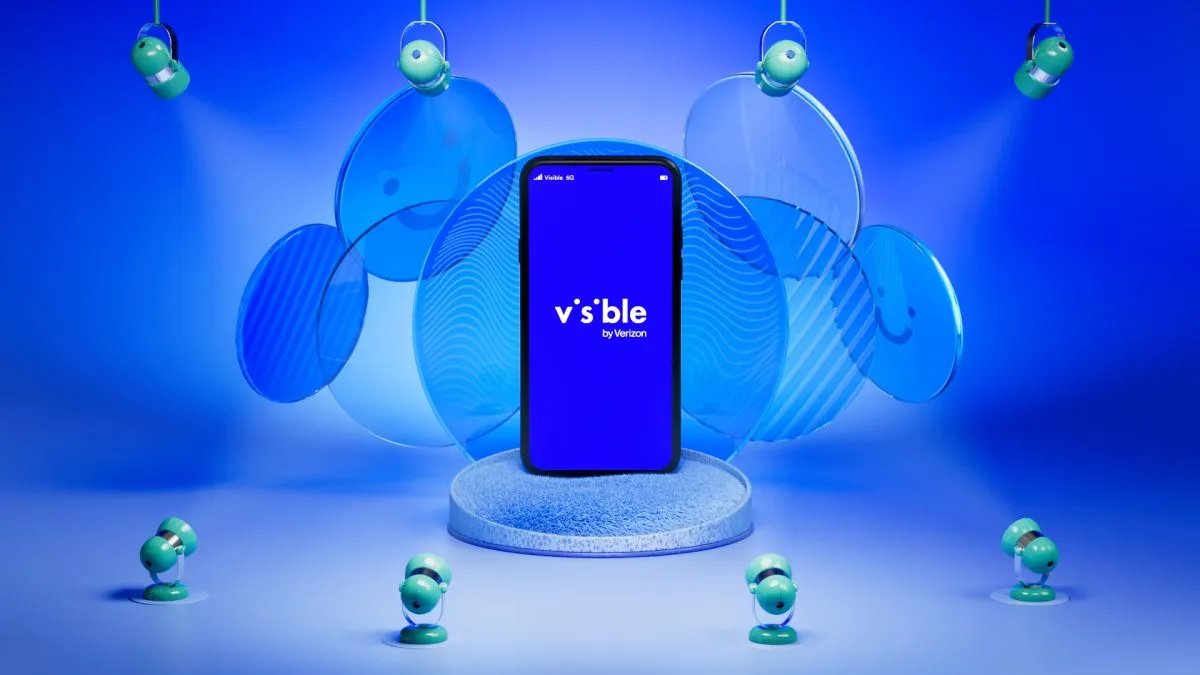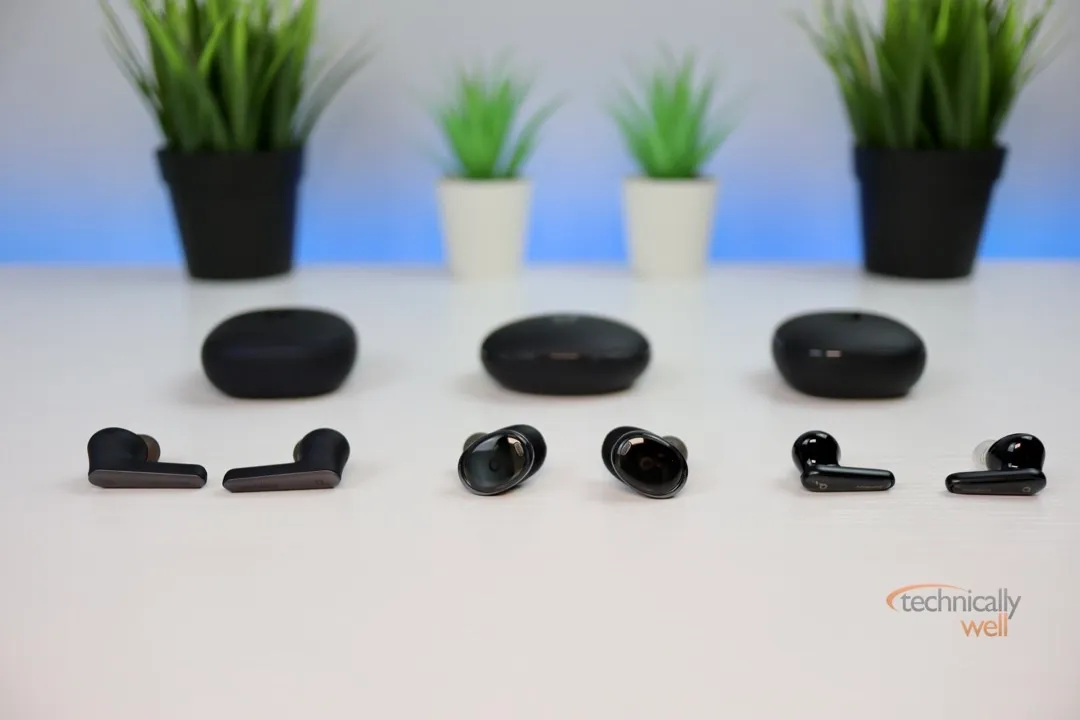
The Most Hackable Holiday Gifts of 2017 (and How to Secure Them)
As an Amazon Associate, we earn from qualifying purchases at no cost to you.
If your kids (or you!) have a shiny new piece of tech on your holiday wish list, chances are that it connects to the internet, making it prone to possible hacking.
In 2017, we’ve seen smart-home gadgets grow rapidly in popularity. And in order to control your smart-home, many consumers are picking up “smart” speakers such as the Amazon Echo and Google Home that are always listening.
According to McAfee, here are this year’s most hackable holiday gifts:
- Laptops
- Smartphones
- Tablets
- Drones
- Smart speakers/Digital Assistants (Echo/Google Home)
- Connected Toys
- Connected Appliances
So how can you protect yourself?
- Make sure the device is up to app: Manufacturers frequently release software and firmware updates to help address security vulnerabilities and sometimes release new features. The device (or it’s accompanying app) will likely prompt you to install updates automatically when you first setup the device. If it doesn’t, you can usually navigate to the “Settings” and look for “General” or “About” and then look for an “Update” section. If all else fails, you can visit the manufacturers website and then look for a “Support” section for your particular product to see how to perform an update.
- Change the default password: If the device has a default password, be sure to change it to something unique.
- Secure your devices: If you find a new smartphone or tablet under the Christmas tree, be sure to setup a lock screen with a PIN or a biometric security option (such as Touch ID or Face ID) to keep your personal information secure.
- Mute your smart speakers: Amazon Echo and Google Home devices have a “mute” button that will prevent the microphones from listening. It’s a quick and easy way to prevent your smart speaker from listening to a private conversation.
- Be careful with suspicious emails: For a new device, you many need to create an account and then wait for an email so you can click a link to confirm your email address. This is normal when you’re first setting up the account, but be wary if you receive a suspicious email asking you to verify your account or submit your password if you did not initiate the request.
- Watch out for fake apps: If you need to install an app to use your new device, make sure you’re downloading the “official” version. You can usually find a link to the official app from the manufacturer’s website or by using a QR code included in the package.
- Be careful on public WiFi: If you need to use an open WiFi hotspot, consider using a VPN service so that all of your traffic on the WiFi in encrypted. I like Private Internet Access, but there are many others available as well.
- Secure your home WiFi: Make sure your home router requires a (strong) password in order to join the network. Also, make sure the WiFi encryption option is on.




 Hi, I'm Ryan! I've worked in the IT industry for over two decades and I love checking
out new gadgets, apps, and services that make our lives easier.
Hi, I'm Ryan! I've worked in the IT industry for over two decades and I love checking
out new gadgets, apps, and services that make our lives easier.